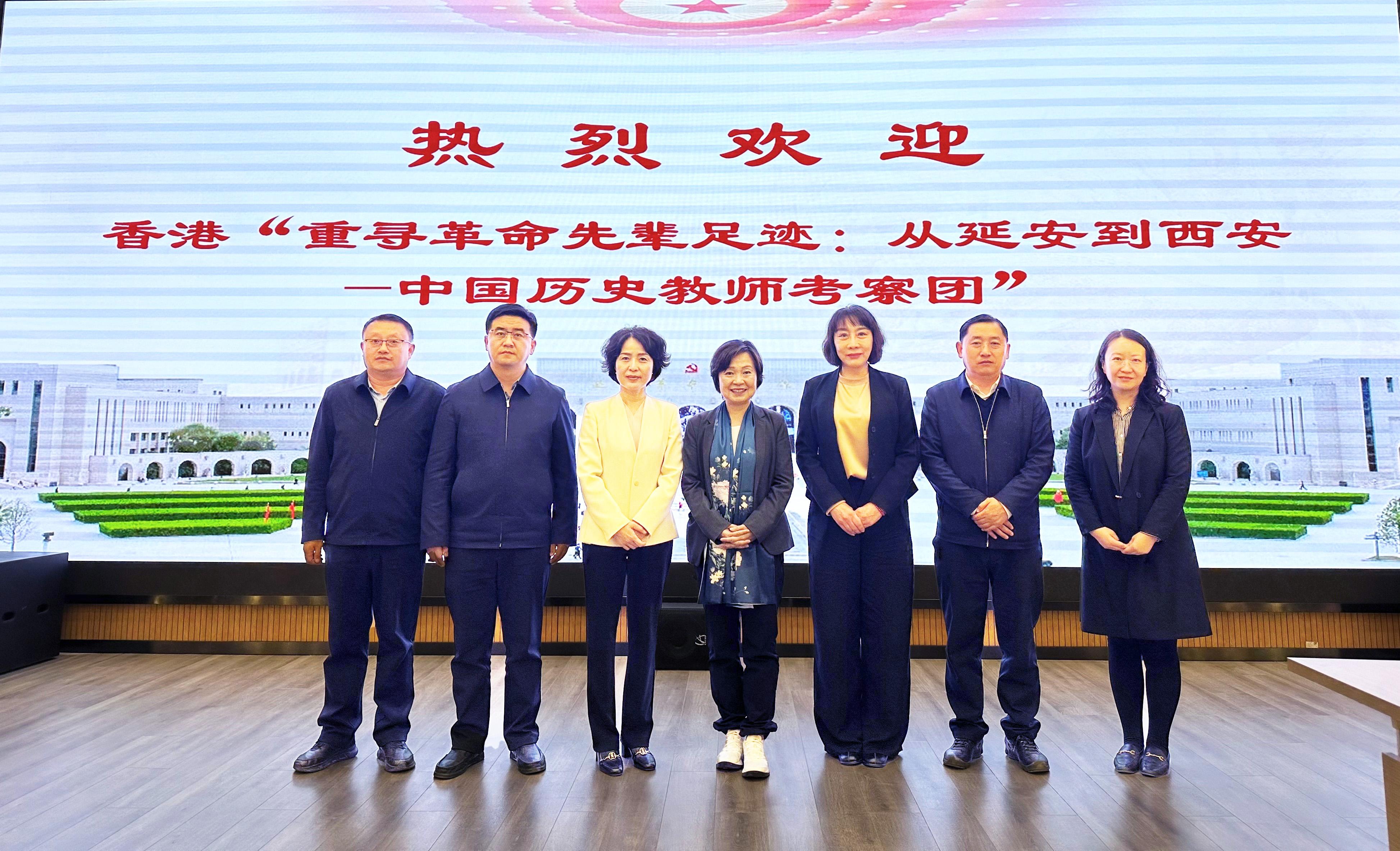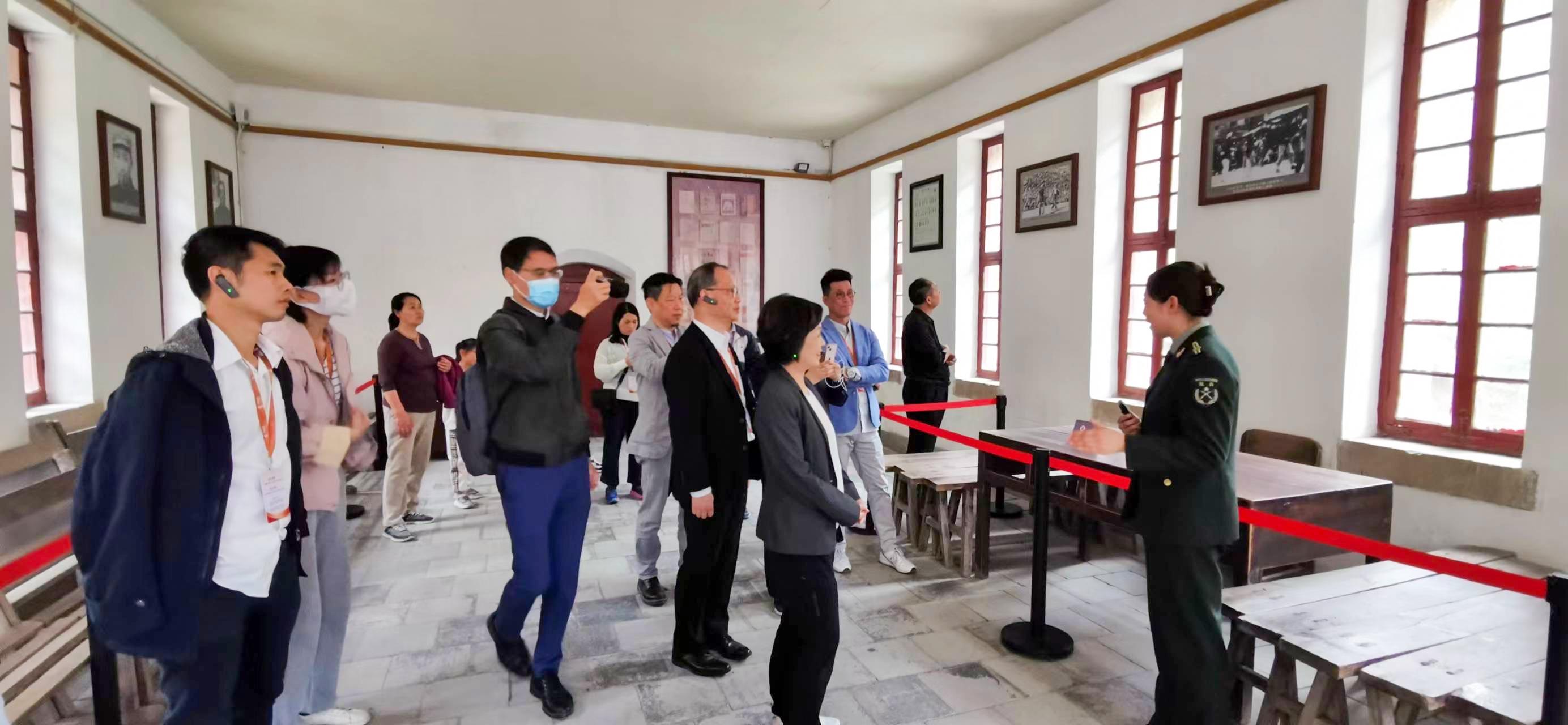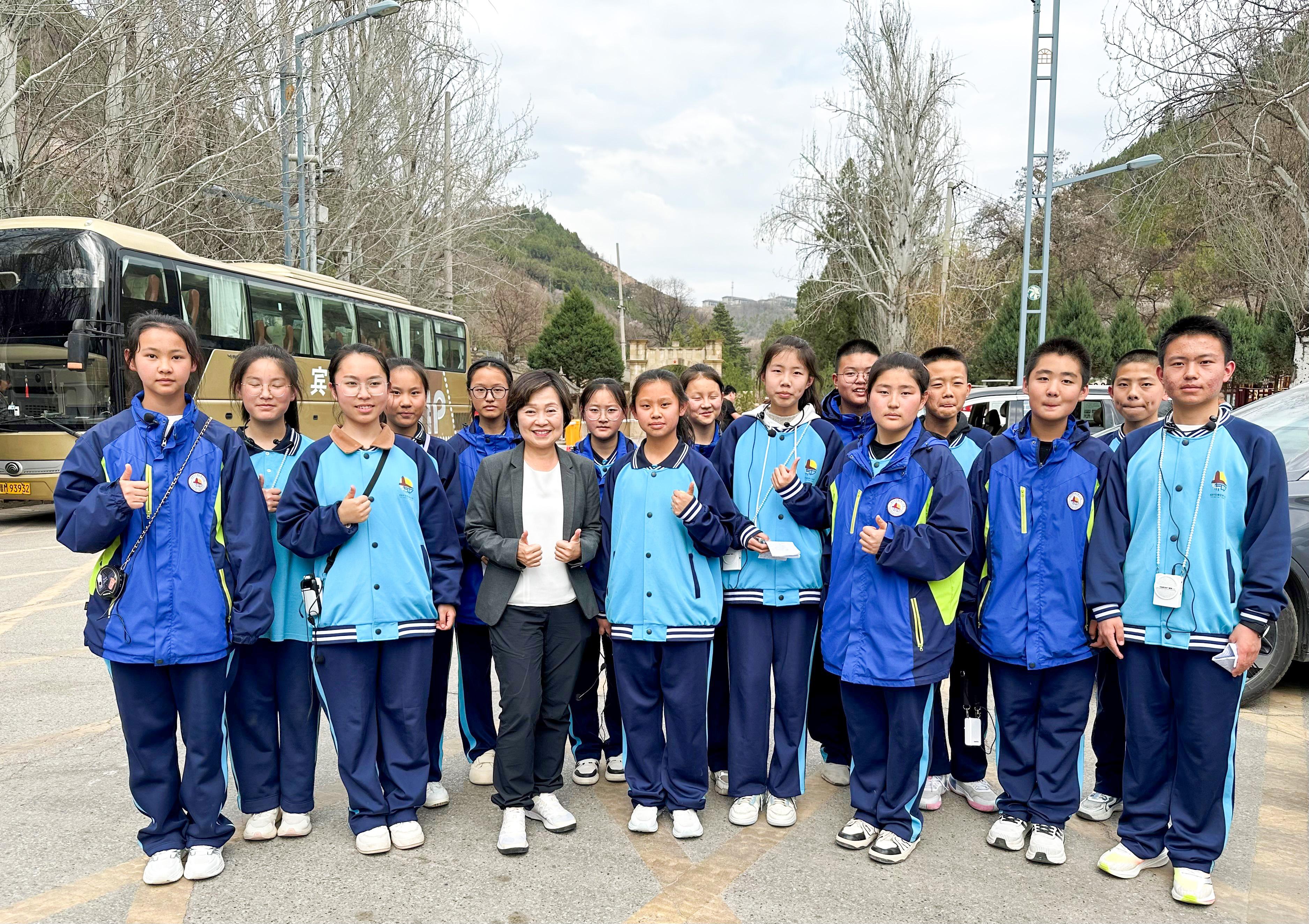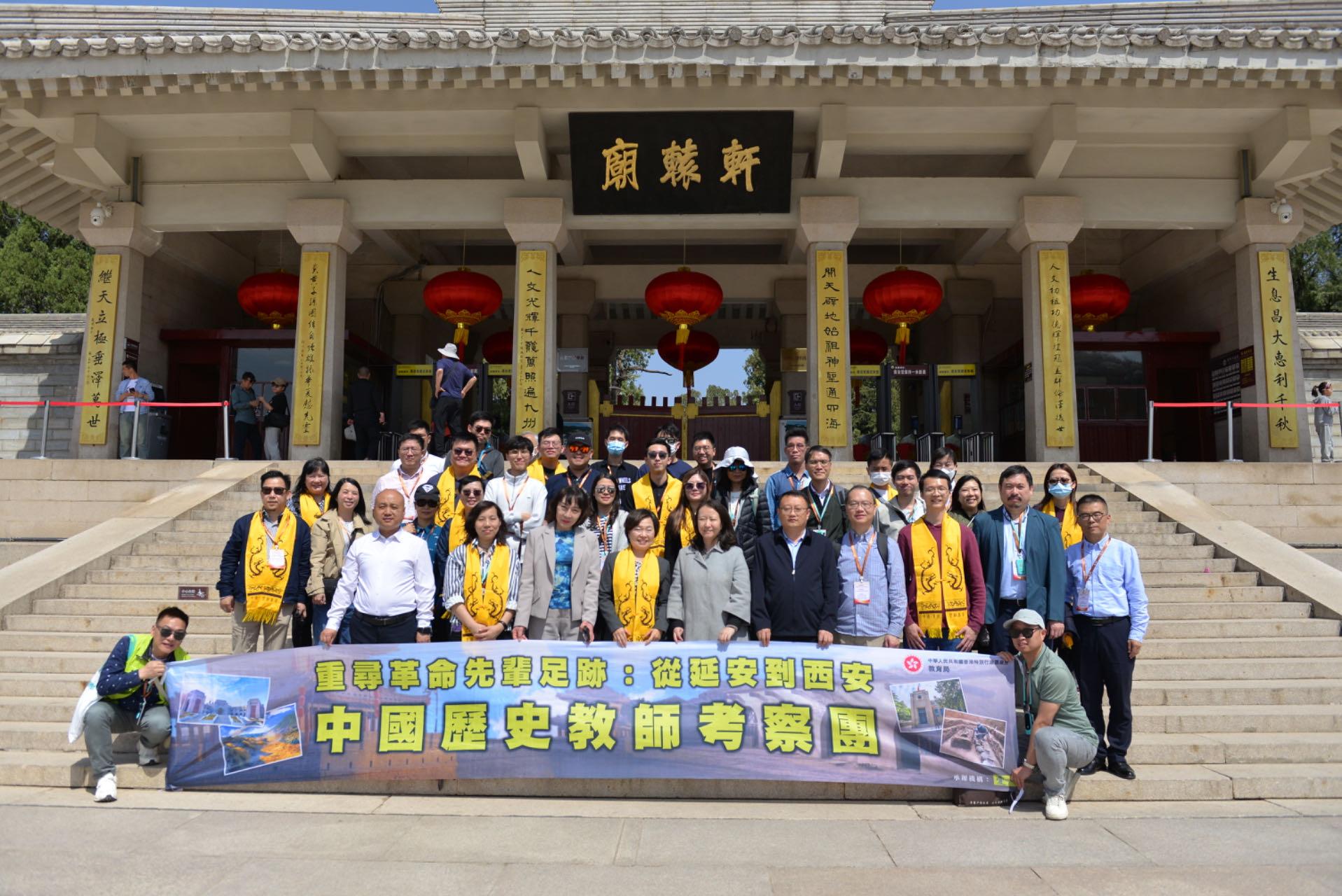​In response to a recent media report regarding the issue that the dioxins found in hairy crab samples from a Ha Pak Nai crab farm exceeding the limit was suspected to be due to nearby rivers contaminated by the New Territories West (WENT) Landfill, the Environmental Protection Department (EPD) today (April 1) made a clarification that sampling and testing results showed that the river water was not polluted, while detailed dioxin composition analysis further confirmed that the source of dioxins in hairy crabs was not from the environment or landfill near the crab farm.
A spokesman for the EPD said that, upon receiving complaints last year, the Department collected water and sediment samples along Tai Shui Hang between the WENT Landfill and the Ha Pak Nai crab farm for testing in September and October. The analytical results showed that no dioxins were detected in the water sample, and the levels of dioxin and dioxin-like polychlorinated biphenyls (DL-PCBs) in the sediment samples were also very low, similar to those of normal environmental background levels.
The spokesman explained, "The EPD conducted a detailed comparison of the compositions of dioxins in hairy crab tissue samples from the crab farm and that in sediment samples from Tai Shui Hang. It was found that the composition of the two sets of samples was completely different, indicating that the source of dioxins contaminating the hairy crabs was not from the environment or the landfill near the crab farm."
The WENT Landfill has been designed and constructed as a secure containment facility incorporating multilayer composite liner systems covering the entire surface area of the site. All contaminated effluent within the landfill is collected and treated to ensure that there will not be any contaminated discharges from the landfill to the rivers nearby. The EPD also conducts regular river water quality monitoring at Tai Shui Hang. The results showed that the water quality has been maintained at an excellent level, the aquatic ecosystem remained normal, and there were no sign of pollution (see Annex).
Since hairy crabs have high fat content and are bottom dwellers, their meat is comparatively easy to accumulate dioxins. During the culture period, if hairy crabs are affected by other human factors, such as using dioxin-contaminated feed or introducing dioxin-contaminated organisms to the culture environment, the farm and its culture hairy crabs will be exposed to dioxin contamination. The Government will continue supporting local farmers in hairy crab culture. To reduce the possibility of the above-mentioned situation, the Agriculture, Fisheries, and Conservation Department (AFCD) will strengthen the monitoring of local hairy crab farms, including increasing the sampling and testing of feed as well as requiring the farm operators to implement biosecurity measures strictly. If any abnormality is observed, the operators must report it immediately to the AFCD so that the AFCD will take appropriate follow-up action as soon as possible.



